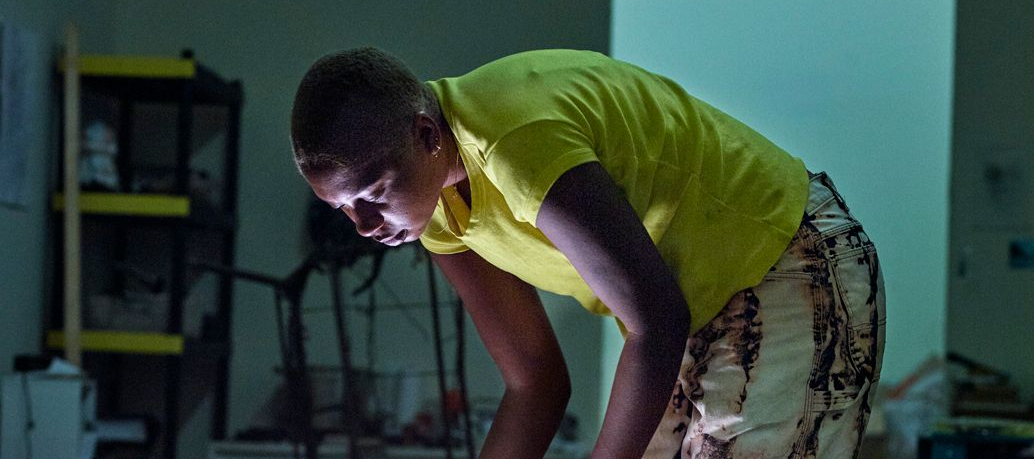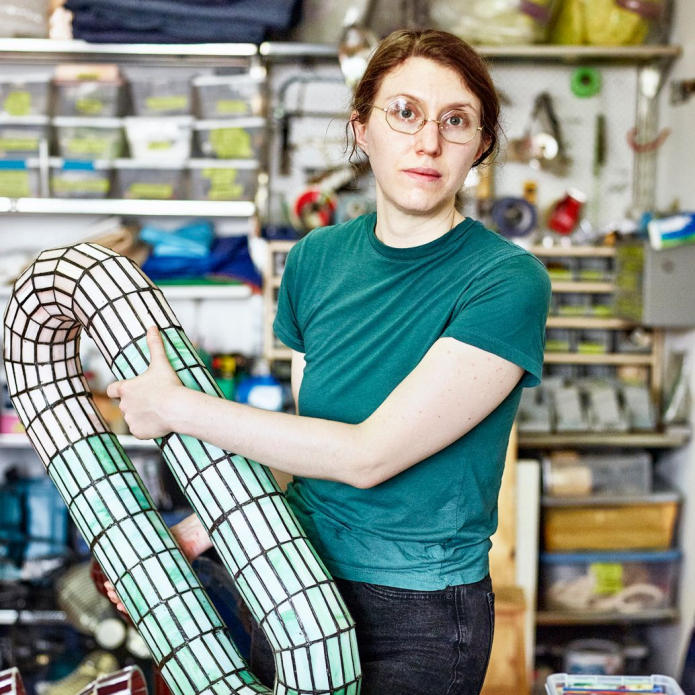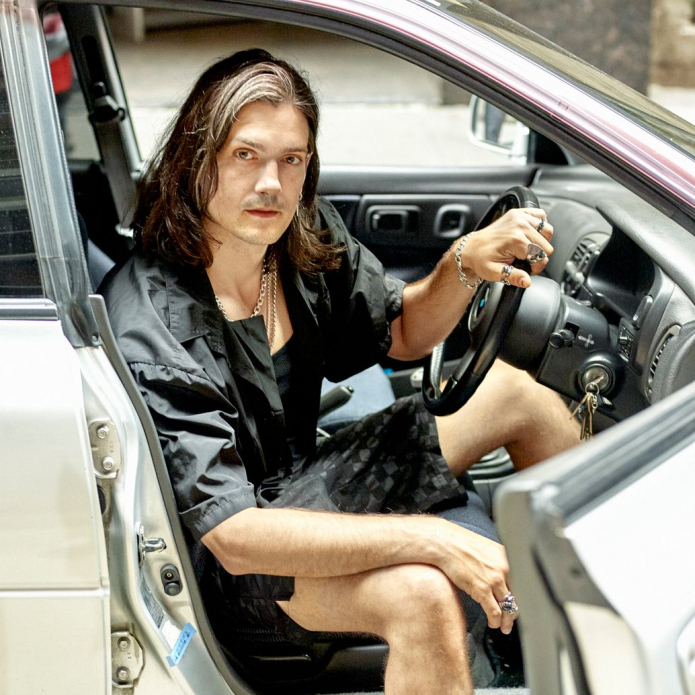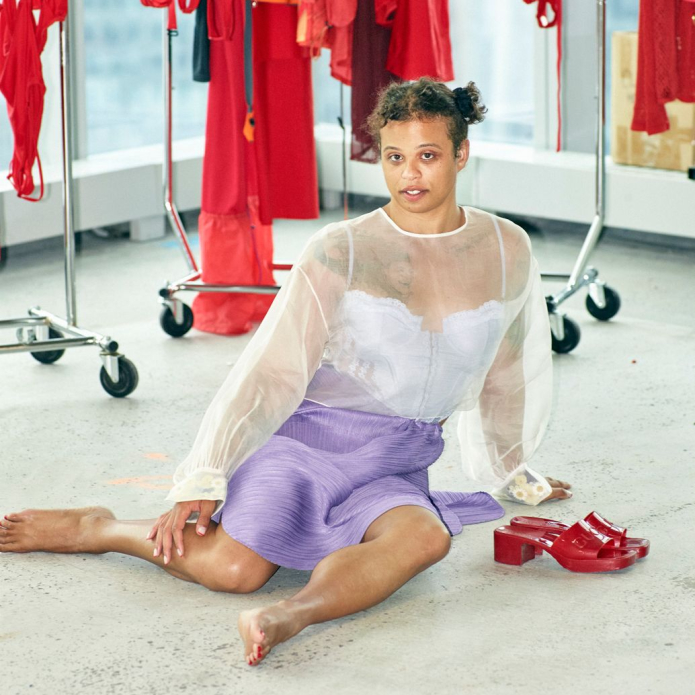Hauntingly numinous and disarmingly modest, Bri Williams’s sculptures, made mostly from found materials, clothes, jewelry, discarded furniture and the tiny carcasses of small birds, all submerged or slathered in soap, hint at the poetics of their construction and their circumstance. In her work, these objects, themselves often saturated if not sodden with excess real and symbolic significance, appear suspended in the glycerin-soap medium like scientific specimens. Over the course of the sculpture’s life, the color slowly begins to seep out of the encased object and into the soap, forming a darker, milky haze around the artifact something like a placenta.
In her recent exhibition at the Kunsthaus Glarus, “Angel Abra,” which was curated by the conceptual artist Puppies Puppies (Jade Kuriki-Olivo), Williams presented three decapitated carousel horses, titled Medusa (2018). The work uses the figure of the mythological Gorgon todiscuss the over-sexualization, rape and monstrosities Black women are often subjected to. Throughout her practice, private personal narratives are entangled with critical interjections into the history of racial violence, yielding a deeply psychological dissection of the brutal and hidden ways its logic and effects pervade daily life. “There are no secrets about what is happening anymore,” Williams says, “so how did we get here?”
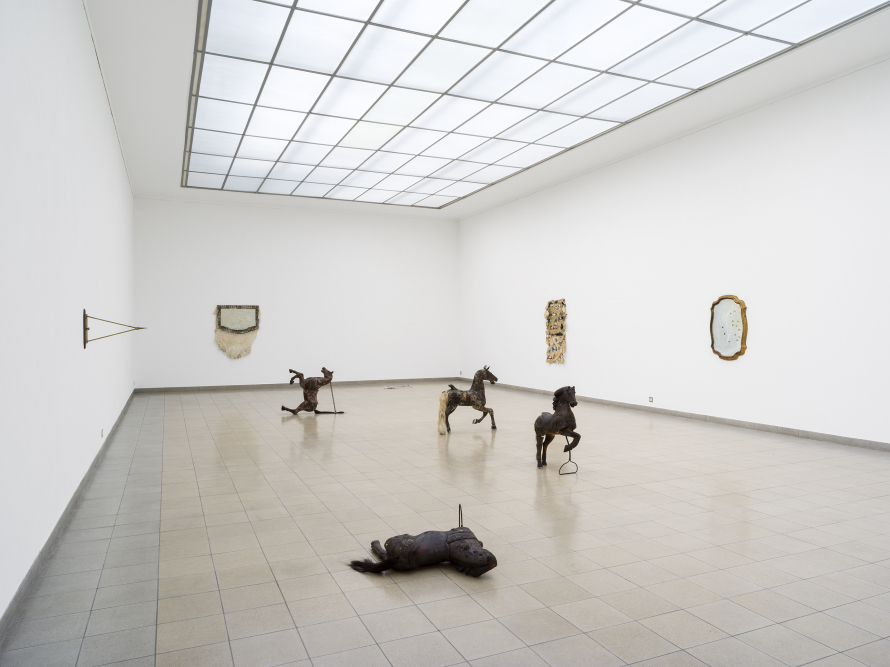
It’s not an easy question to answer or even to sit with for too long. In an upcoming exhibition at Progetto, an artist-run space in Southern Italy, Williams tells me she plans to look to medieval torture devices and tarantism for inspiration and “to create objects around their vernacular.” Tarantism is a curious illness apparently common in the region from the 15th to the 17th century, a form of hysteria whose primary symptom was an extreme impulse to dance that was widely believed to have been caused by the bite of a tarantula. One finds the artist searching for historical antecedents to our present moment, tracing domination and cruelty through dark-ages punishment devices, the psychic violence of racialization through a classical Greek monster, and a distinctly contemporary kind of delusion, not unlike Havana syndrome, back to the cradle of madness itself: Western Europe.
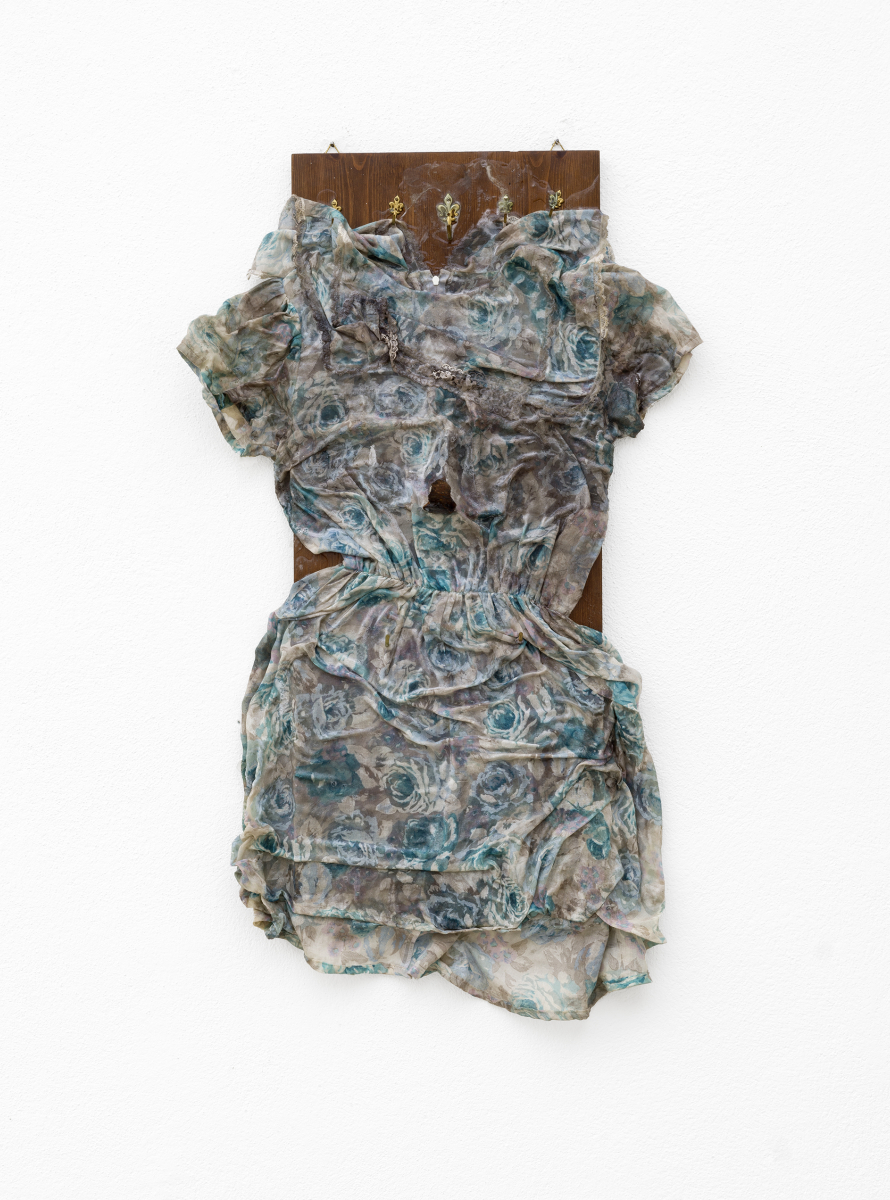
Williams received their MFA at Mills College in Chicago before returning to Los Angeles, where they now live and work. Their figures' straightforward articulations of raw emotion are not unrelated to the meditative material processes that Williams employs, such as “carving and burning into wood, heating soap, drawing and even reading and researching,” which have become automatic ways of registering psychic disturbance or activity for the artist. Williams’s work then explores these visual externalizations of interior turmoil, examining the records for the imprints of the subconscious, the tangible structure of language, or otherwise incommunicable moments of trauma.

